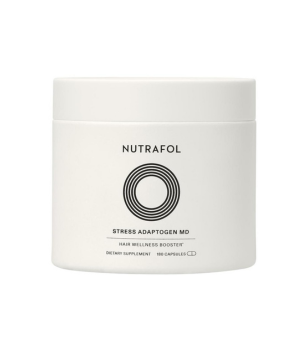HOLY BASIL
TYPE OF INGREDIENT
Botanical
COMMONLY FOUND IN
Serums, oils
WHAT ARE THE BENEFITS OF HOLY BASIL ?
Holy basil has multiple benefits for use with the skin. It has wound healing properties to accelerate epithelialization and wound contraction and may improve hypertrophic scars and keloids. Its antioxidant activity reduces free radicals. Holy basil has antimicrobial activity and immunomodulatory action in animals. It has analgesic action and anti-inflammatory action, which is presumed to be due to its component acids (e.g., linoleic acid) that can block arachidonate metabolism. Holy basil has anticancer activity by inhibiting metabolic carcinogen activation in animal studies. Holy basil can work on the HPA axis and modulate the stress response, which can directly and indirectly impact hair and skin health.
WHAT IS HOLY BASIL?
Holy basil (Ocimum sanctum or Ocimum tenuiflorum) is an herb traditionally seen in South Asia and used for inflammation.
IS HOLY BASIL SAFE FOR ALL SKIN TYPES AND TONES?
Holy basil is likely safe for all skin types and tones based on available studies. However, studies are lacking on this ingredient. Individuals with reactions to holy basil should avoid products containing it.
CONTRAINDICATIONS
Animal studies have suggested that large amounts of ingested holy basil may negatively affect fertility, but this has not been demonstrated in human clinical trials. Holy basil should likely be avoided in pregnancy and lactation based on theoretical risk.
Sources:
Almutairi B, Albahser G, Almeer R, et al. Investigation of Cytotoxicity Apoptotic and Inflammatory Responses of Biosynthesized Zinc Oxide Nanoparticles from Ocimum sanctum Linn in Human Skin Keratinocyte (Hacat) and Human Lung Epithelial (A549) Cells. Oxid Med Cell Longev. 2020;2020:1835475. Published 2020 Aug 12.
Chaiyana W, Anuchapreeda S, Somwongin S, et al. Dermal Delivery Enhancement of Natural Anti-Ageing Compounds from Ocimum sanctum Linn. Extract by Nanostructured Lipid Carriers. Pharmaceutics. 2020;12(4):309. Published 2020 Mar 29.
Pattanayak P, Behera P, Das D, Panda SK. Ocimum sanctum Linn. A reservoir plant for therapeutic applications: An overview. Pharmacogn Rev. 2010;4(7):95-105.






